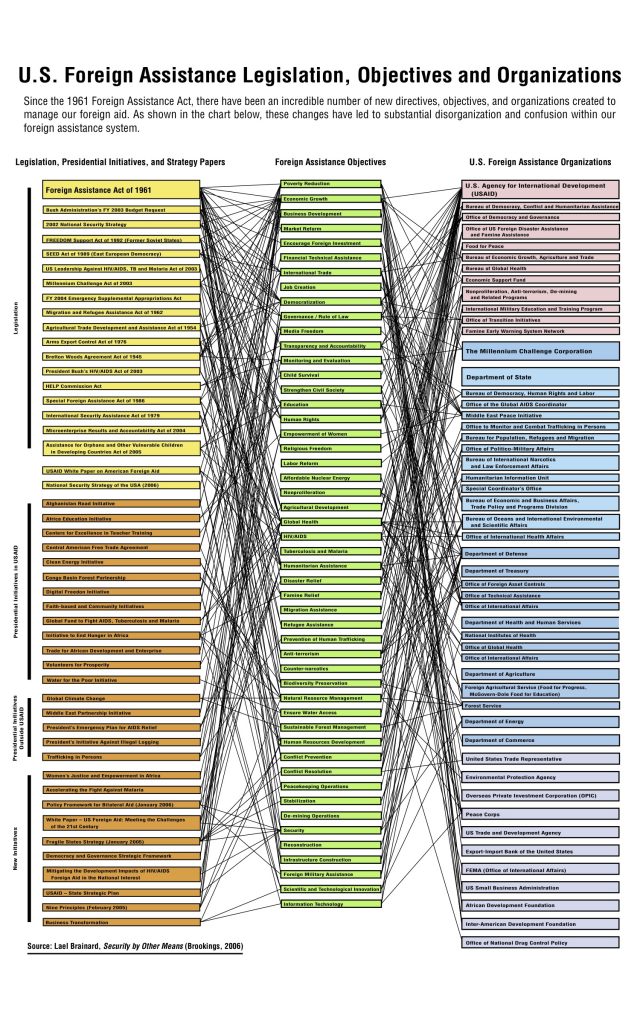Posted on May 24, 2010
Global Washington announces a position opening for Office Manager. Deadline for applications June 15th, 2010.
Organizational Description
Global Washington is a membership organization serving the global development sector. Global Washington has become a catalyst for strengthening the global development sector and its member organizations by leveraging resources, increasing visibility, sharing best practices, convening the sector by country, issue and organization type, and advocating around education and global engagement and foreign policy.
The vision of Global Washington is to promote Washington as a recognized center of innovative, productive and collaborative global engagement.
Function Summary
The Office Manger works closely with the Executive Director and other staff and volunteers to increase the visibility of Global Washington and global development sector. This is a part-time (32 hours per week),administrative position. The staff includes: Executive Director (full time) , and Policy Coordinator (half time).
Position Description
The Office Manager is responsible for: 1) administrative support, 2) Financial tracking of organizational activities, 3) Coordinating events logistics and support , 4) communications including the production and distribution of communications products for Global Washington members and community, including the website and newsletter. This position reports to the Executive Director.
Primary Responsibilities
1. Administrative Support
— Processes received donations in accordance with Global WA procedures, including tracking of funds and weekly bank deposit
— Assists with Accounts Payable by recording and preparing all invoices
— Maintains petty cash system
— Researches invoices and miscellaneous financial information for Executive Director as needed
— Data entry and updating of membership database to maintain member records and files
— Assists with organizational technology and office equipment, including working with computer consultant to ensure computer systems are functional, overseeing voice mail system, and troubleshooting equipment issues
— Inventory and purchasing of office supplies
— Scheduling of staff meetings and other staff activities
— Providing administrative support for Board of Directors activities, including meeting logistics; preparation, assembly and distribution of quarterly Board notebooks; and staffing Board meetings as requested
2. Event Logistics
— Organize logistics of on-going events
— Send out electronic invites for all events and track attendance
— Plan and coordinate a weekly calendar of emails going out to members and other lists
— Provides event support including producing materials, promotion, and registration
— Oversee the process of registration and logistics with the Executive Director for the Annual Conference
— Staff all events as needed
3. Member Communications
— Coordinates the timely release of Global WA’s newsletter, including working with volunteer contributors, and editing and publishing electronically
— Communicate with member organizations on a regular basis and build their presence in the Global Washington website and newsletter
— Develop Global WA presence on social networking sites
— Explores strategic opportunities to reach new members, including sponsorships, email list trades, etc.
4. Website and Technology
— Input and update mailing list
— Coordinate and update events page on the website
— Update website on a regular basis
— Ensures consistency of style, tone and design
Skills and Qualities
— Event planning experience
— Book Keeping and financial tracking experience
— Excellent written and verbal communication skills
— Knowledge of the nonprofit sectors
— Ability to work with electronic communication tools and current technology in the support of marketing, web-based programs, and event planning
— Experience with using an array of database technologies
— Ability to manage several projects at once, pay close attention to details and follow-through
— Ability to work cooperatively, foster team spirit and maintain a sense of humor
— Organized and detailed work habits.
Please email resumes to bookda@globalwa.org. Deadline for applications June 15th, 2010.
Posted on May 21, 2010
 Since the implementation of the Marshall Plan after World War II, America’s foreign assistance operation has grown considerably. In that time, one would expect the overall strategy would be refined and streamlined to effectively balance the foreign policy goals of the U.S. while meeting the needs of the developing world. Unfortunately, the U.S. aid structure has evolved to become a bloated and unwieldy behemoth with no clear, overarching strategy.
Since the implementation of the Marshall Plan after World War II, America’s foreign assistance operation has grown considerably. In that time, one would expect the overall strategy would be refined and streamlined to effectively balance the foreign policy goals of the U.S. while meeting the needs of the developing world. Unfortunately, the U.S. aid structure has evolved to become a bloated and unwieldy behemoth with no clear, overarching strategy.
The Foreign Assistance Act (FAA) of 1961 sought to organize the international development goals under a single act. In the time since the passage of the FAA, over 400 objectives have been identified through nearly 400 directives, all of which is managed by 12 different departments, 25 agencies, and nearly 60 government offices. To understand the complex and often confusing maze that is U.S. foreign assistance, one can marvel at Lael Brainard’s “Messy Web of the U.S. Foreign Assistance System.” (attached)
Such a muddled structure inevitably leads to miscommunication among the many different entities and a breakdown in the process. With little coordination and virtually no communication, development agencies are often tripping over one another, managing similar projects in the same area. In his article, “Aid Needs Help,” Ray Offenheiser noted “two separate USAID contractors recently discovered by chance they were doing virtually the same project, in the same town” in Afghanistan. To combat the replication of projects and ensure the deliverance of aid, action must be taken to reform the process and elevate a coherent national strategy for development.
Overall, the U.S. foreign assistance process lacks the transparency necessary to effectively meet the needs of the world’s poor and is in dire need of significant reform. Paramount to this reform effort is a comprehensive, national strategy for development policy. As a first step in creating a manageable and effective foreign assistance structure, a national strategy would serve to elevate development as a key component of U.S. foreign policy and increase coordination and transparency within the foreign assistance structure. But what should be included in such national strategy?
The chief component of a national strategy for U.S. foreign assistance would be a cohesive set of clearly established goals and objectives with both short and long term implications for poverty reduction. These objectives should be developed independently of diplomatic strategies and concerns to ensure aid is targeted to those most in need as opposed to partner countries. While foreign assistance goals should be developed separate of other policies, they must be able to interact with other policy areas at a high level, making sure that trade, agriculture and industrial policies complement rather than hinder aid programs.
To ensure such a national strategy would be able to function effectively, the foreign assistance structure must undergo certain institutional reforms. Rewriting the FAA of 1961 would be a necessary first step in clearly defining the role of each institution in the U.S. foreign aid structure. Most important to the coordination and success of a national development strategy is an elevated and empowered USAID, or a cabinet level department of foreign aid.
Accountability and results are also central to creating a foreign assistance structure that will support effective and sustainable development. Within a national development strategy, the U.S. should create systems of monitoring and evaluation systems in the government and independent of the foreign assistance system. Such evaluation mechanisms will simultaneously increase transparency and ensure the national development strategy is being implemented by all development entities, thus increasing coordination. Monitoring development activities by the government and independent entities will also foster a results-based approach to foreign assistance programming, leading to more effective and sustainable project designs.
Without a national strategy for development the foreign assistance structure will continue on its path to become even more of a bloated, bureaucratic mess. For more information on Global Washington’s recommendations for ways to restructure U.S. foreign assistance, please refer to our white paper.
Posted on May 17, 2010

Jim Kolbe, from the German Marshall Fund website
Jim Kolbe, former republican member of Congress and foreign aid champion, wrote on the German Marshall Fund’s blog that Congress may be the best hope for foreign aid reform. He points out that with all the delays in releasing the QDDR (the State Department’s review of development & diplomacy) and the appearance of major disagreement on aid reform principles between the White House, State Department, and USAID, Congress has an opportunity to take the helm and make aid reform actually happen.
Jim Kolbe is not the only one who senses the promise of reform leadership from Congress. Last week, his MFAN comrade Larry Nowels gave a talk on the foreign aid process here at Global Washington, and he cited agreement among key players in Congress as one of the reasons why the time is ripe for foreign aid reform.

